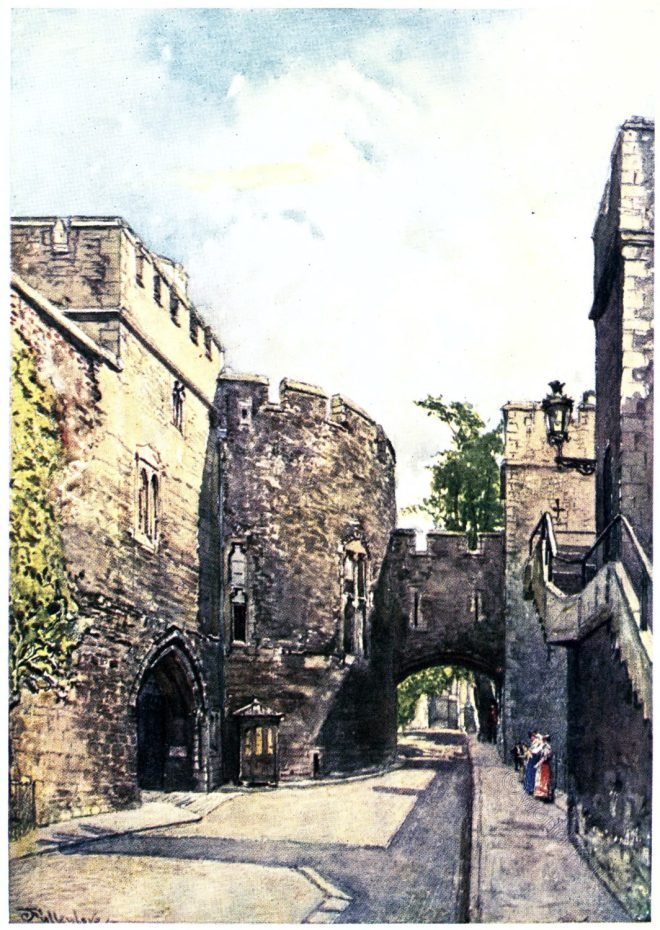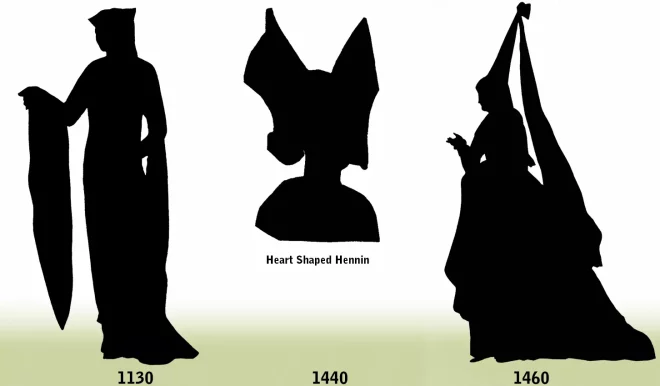The Commander’s ship, and a horse transport.
Category: 11th Century
Costume and Fashion History of the 11th century. The Middle ages fashion period. Knee-length tunics, cloaks, gowns, long flaring sleeves.
Ely Cathedral in Cambridgeshire, England.
Ely Cathedral is considered a masterpiece of medieval architecture.
Norman knight (Varangian) in chain mail. 11th century.
Varangian reconstructed from the embroideries of the Bayeux Tapestry and contemporaneous original weapons.
Gothic middle class fashion 11th to 13th century. Medieval period.
History of Costume. MIDDLE AGES. MIDDLE CLASS. 1000 A.D – 1300 A.D.
The Wartburg, a famous castle in Thuringia, Germany.
THE WARTBURG lies on the north-western slope of the Thuringer Forest. Romantic castles and palaces as seen and described by famous writers
The Tower of London, today guard-house for the Crown jewels.
The Bloody Tower and the Wakefield Tower, in which the Crown Jewels are kept.
Female fashion silhouettes of the Middle Ages. 11th to the 15th Century.
This period from 1300 to 1500 was full of the eccentricities of extreme fashion.
Hunting scene of Sassanian Fabrics of the Middle Ages.
During the reign of the Sassanids, who ruled the Neo-Persian Empire from 250-650 AD and were distinguished by their love of luxury, the arts, especially those of weaving, reached a high level of perfection.
Costume variations of the Byzantine King and Queen. 400-1100 AD.
The two figures shown here represent several new varieties of Byzantine costume.
Costumes of the Byzantine Middle Class. 400 A.D. – 1100 A.D.
Byzantine costume was the dress of the world after the fall of Rome.










